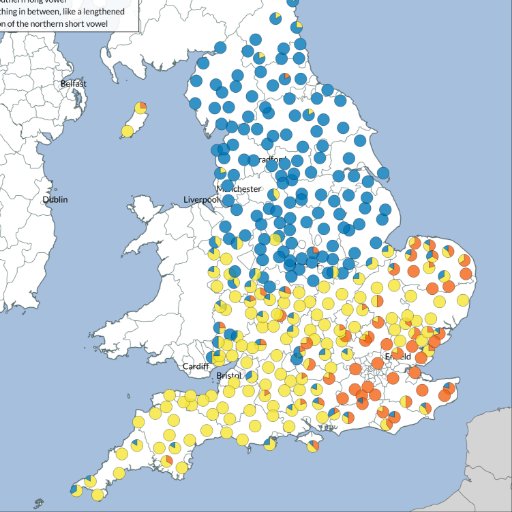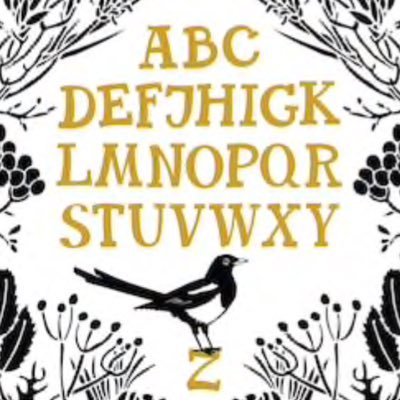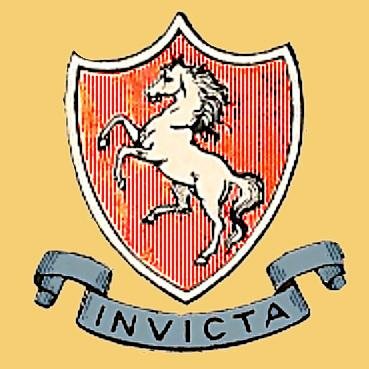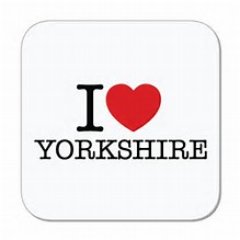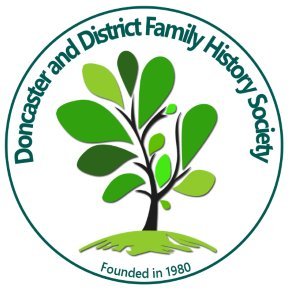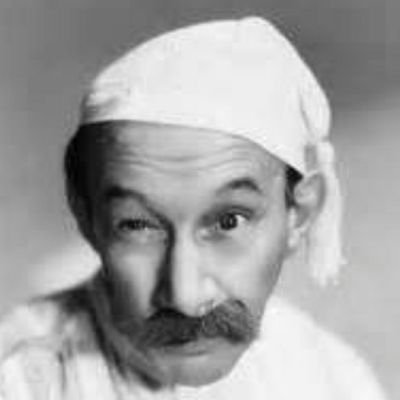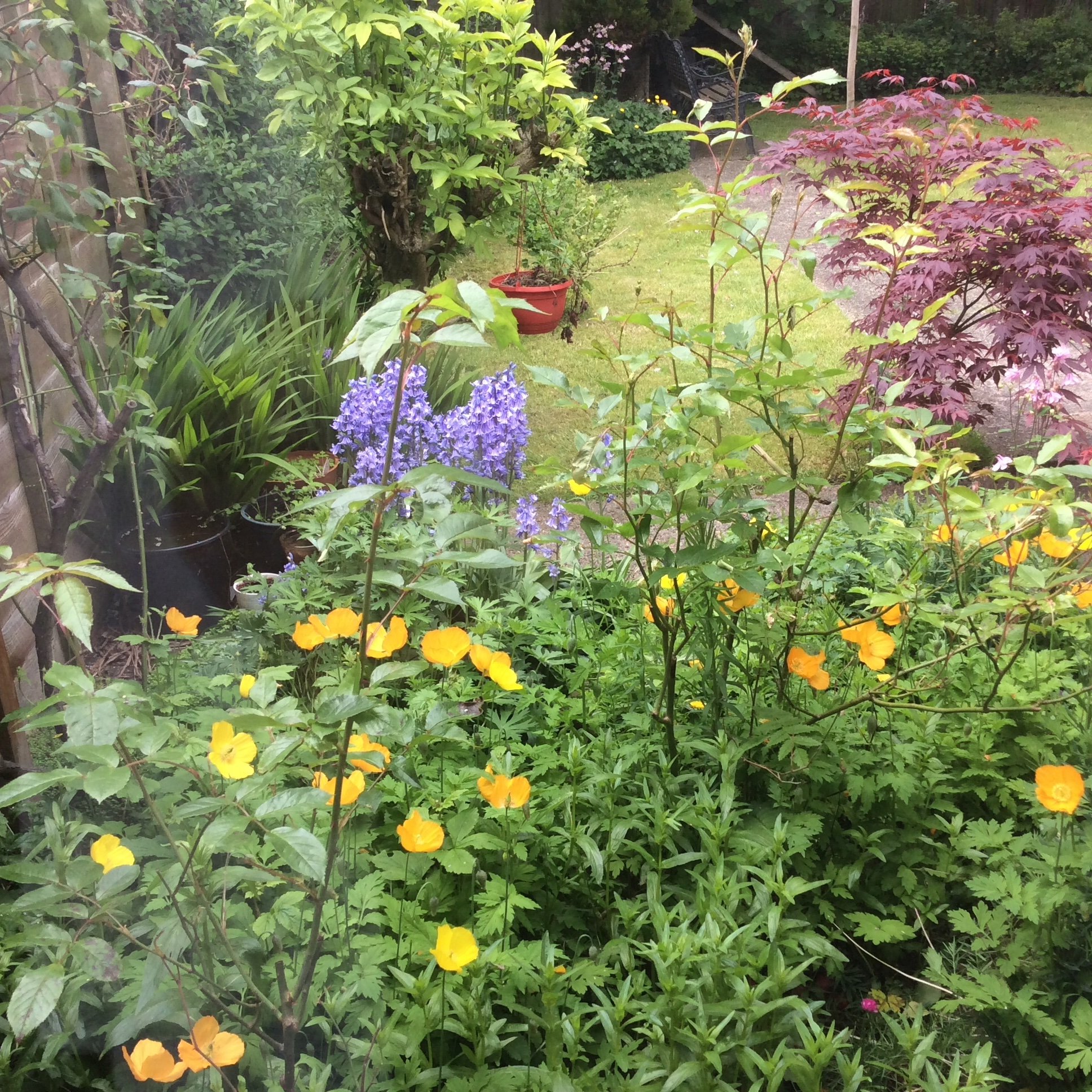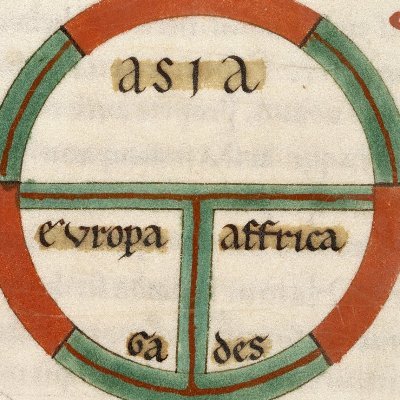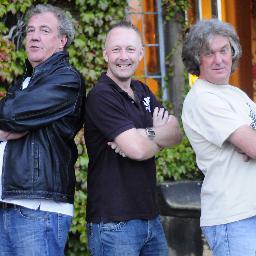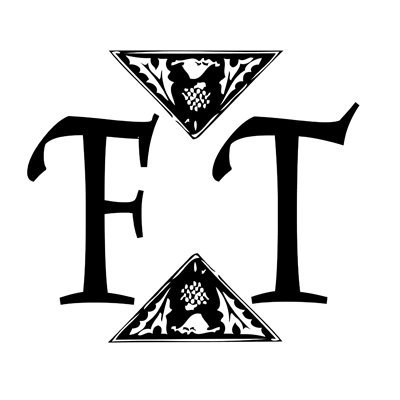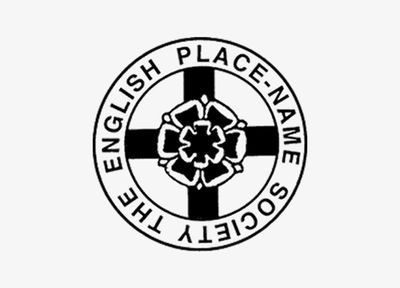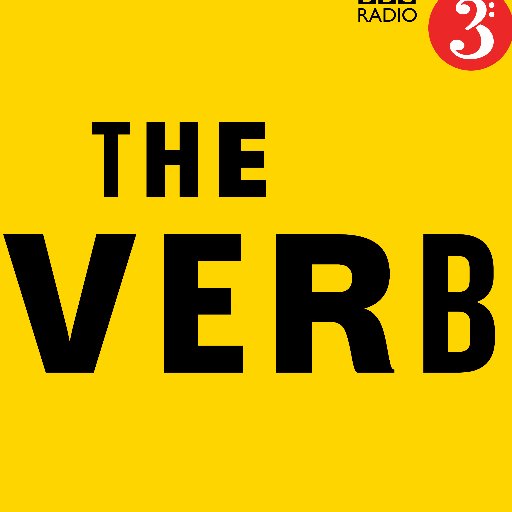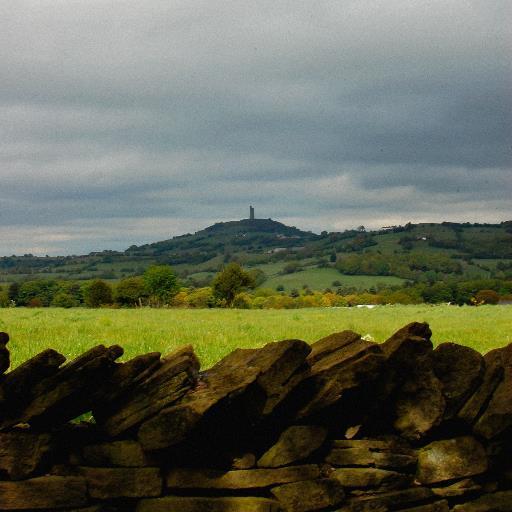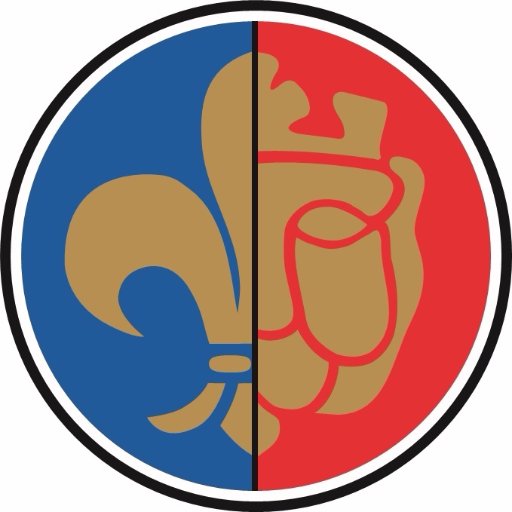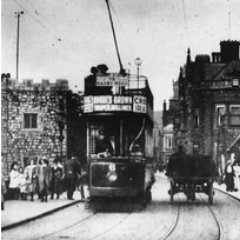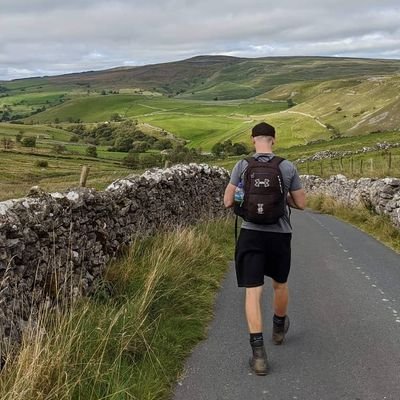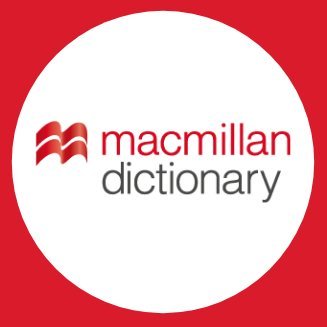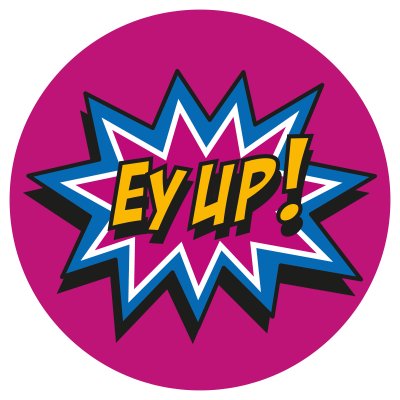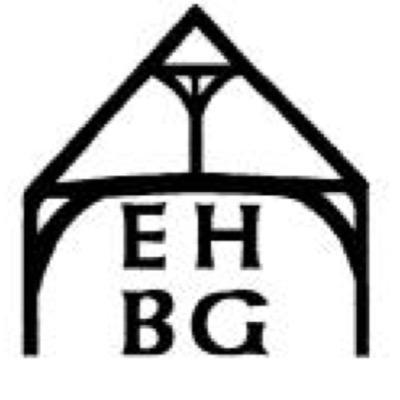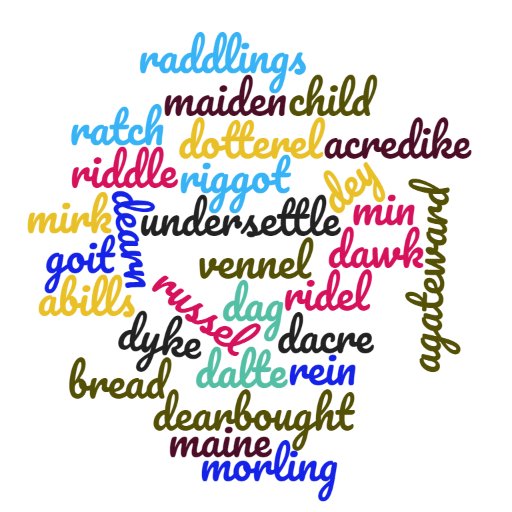
Yorkshire Historical Dictionary
@YorksDictionary
Historic Yorkshire dialect, language and sayings @UoYBorthwick. Website to follow. Get in touch with examples you've found!
Bạn có thể thích
In amongst the hugely important world events we are experiencing, worth taking a moment to consider that the police believe multiple public officials at the heart of government committed criminal offences. Worth asking how this happened and what it says about this govt.
Happy Yorkshire Day!
Know what 'cricket' once meant in Yorkshire? Stumped? New lost Yorkshire words are revealed TODAY in the latest volume of the Yorkshire Historical Dictionary (@YorksDictionary): ow.ly/ZM7y50FH9Bt @UoYBorthwick @gillintmoors #YorkshireDay #YorkResearch
york.ac.uk
New book brings Yorkshire’s lost words to life
A new volume of a historical dictionary revealing thousands of Yorkshire words which had been lost for centuries is being launched on Yorkshire Day (1 August).
The dictionary, in 2 volumes, is now available from the publishers here: boydellandbrewer.com/9781916506671/…
My grandfather living in North Yorkshire always called them :”pricky—backed otchins
So sea urchins are sea hedgehogs!
Did you know hedgehogs used to be known as urchins during the Middle Ages? Get this month’s Dalesman and @YorksDictionary will tell you more in ‘Word play’... @hedgehogsociety
And in Yorkshire, the 'n' never left! yorkshiredictionary.york.ac.uk/words/milne
The words MILL and KILN derive from the Old English words ‘mylen’ and ‘cylen’. Their Ns disappeared in the Middle English period—and for a time KILN was pronounced ‘kill’—but while MILL never regained it, the N in KILN resurfaced in the 1500s and has remained in place ever since.
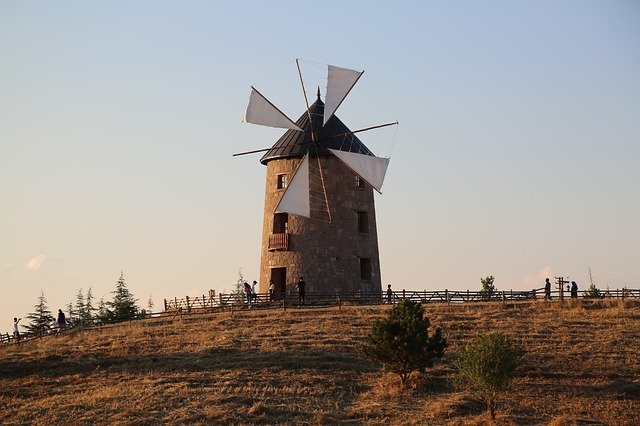
Interesting, we have WITH(E), a term for a tough flexible twig of birch, hazel or willow - and WITHY, in Yorkshire, appears to be an alternative spelling of this (with the added E). So, for example, in 1661, a Glaisdale man was said to be a rogue who 'deserves a withy' #dialect
the major division in today's map is between places where this tree was called 'withy' and places it was called 'willow' - in places where 'willow' referred to the tree, 'withy' often referred to cut willow sticks.
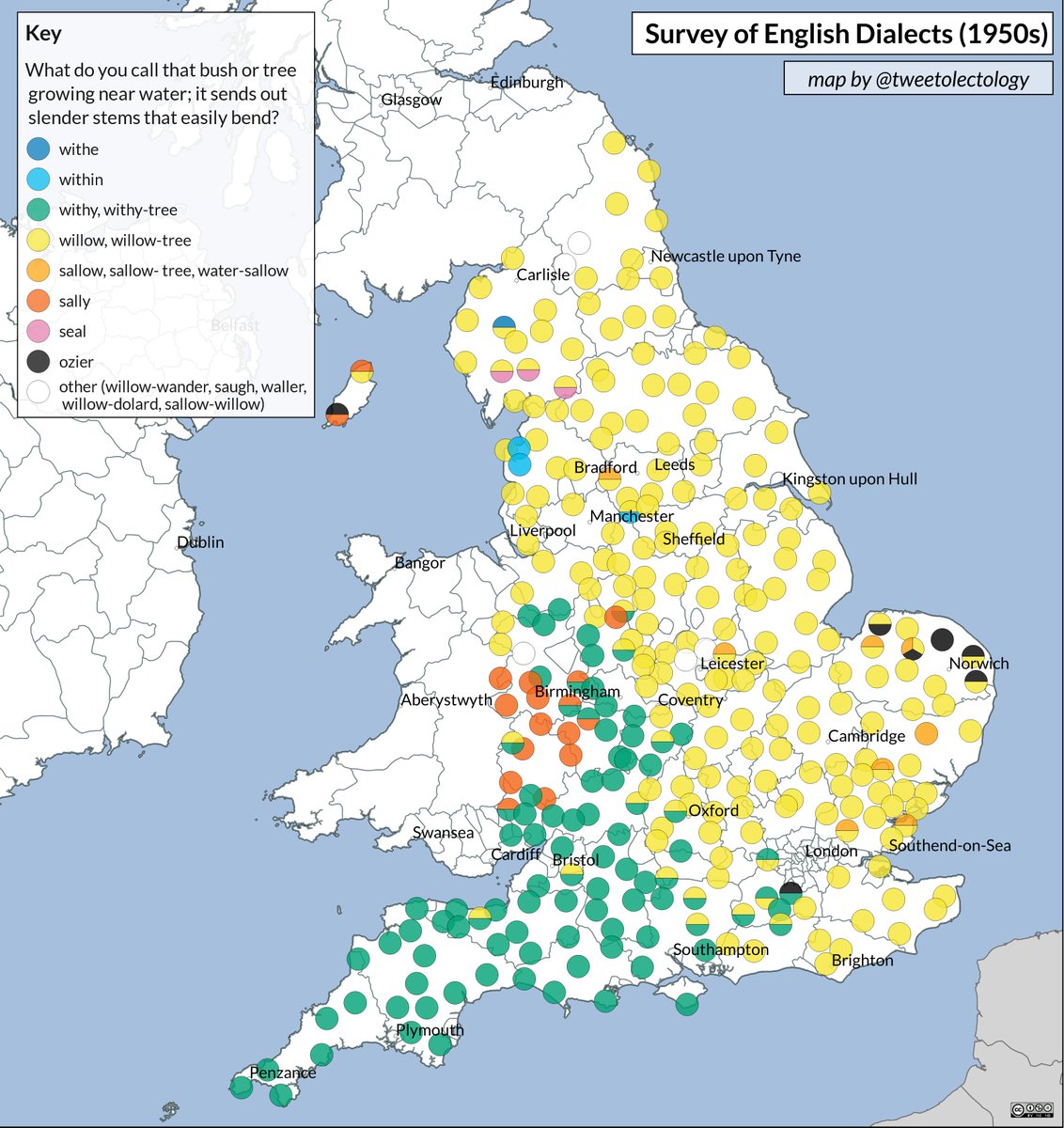
How about: FELL for finishing off a piece or a warp (Keighley, 1794) SLAY for an instrument to keep the threads straight. Often linked with HEALD (Beverley 1498; Wombwell 1559; Winsley 1602) TEMPLE for keeping cloth stretched to its proper width on the loom (South Cave 1611)
A selection of weaving tools. DRAVING-IN HOOK for picking the reed and driving the ends through LOOM-KNIFE for picking the cloth YELL-HOOK for putting yarn through yells and reed PICKING PEG for throwing the shuttle We wonder if @QuarryBankNT or @maccmuseums have any of these?
Interesting! We have KELTER for a coarse fabric (yorkshiredictionary.york.ac.uk/words/kelter) but KETMENT calls to mind other terms for assorted bits and pieces like HUSTLEMENT (yorkshiredictionary.york.ac.uk/words/hustleme…)
what word would you use for things you throw away? have you ever come across 'rummage', 'ketment' or 'kelter'? #linguistics #englishlanguage #dialect #maps #mapporn #dialectology #dataviz #gis #variation
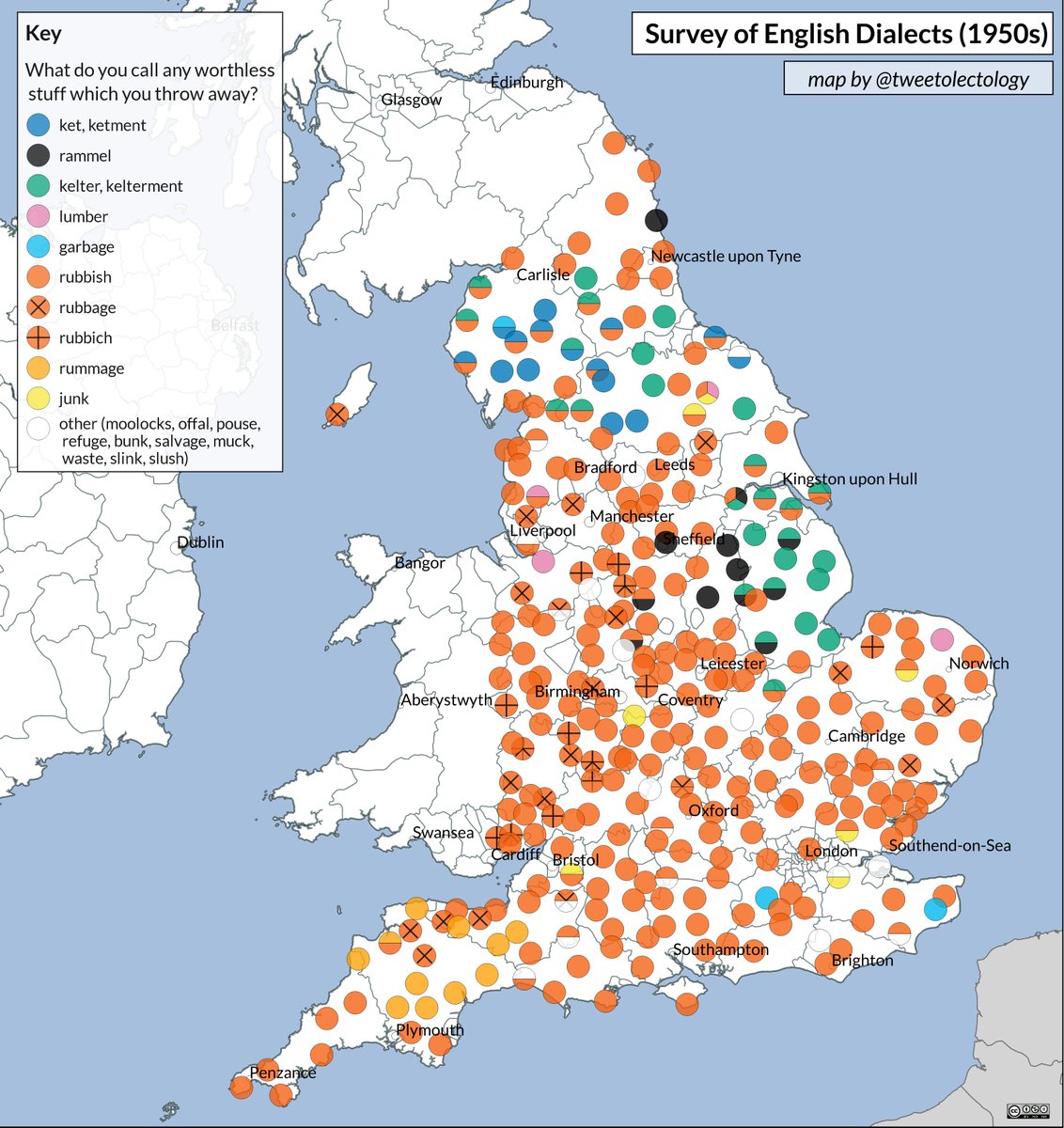
There were several definitions of STRIKE in Yorkshire too, including painting an image, a bullock or heifer up to 2 years old, and a dry measure of corn/peas - or the vessel holding that amount yorkshiredictionary.york.ac.uk/words/strike #dialect #yorkshire #language
In A Dictionary of the Kentish Dialect there are several definitions for STRIKE. One is applied to drawing water from a well. "To strike a bucket," was to draw a full bucket towards the side of the well as it hung by the chain of the windlass and land it safely on the well-side.
📚 Happy #DictionaryDay 📚 We want to know what your favourite #Dictionary is. Ours is the Yorkshire Historical Dictionary - @YorksDictionary - a treasure trove of knowledge about the Yorkshire dialect throughout history! 👉 yorkshiredictionary.york.ac.uk yorkshiredictionary.york.ac.uk
The swipple is the part of a flail which strikes the grain during threshing. In 1617, Mr Cholmeley of Brandsby complained that Seth Lazenby had been in his woods 'cuttinge flayle swipples with a knyfe and great whipple' yorkshiredictionary.york.ac.uk/words/swipple #Yorkshire

United States Xu hướng
- 1. $NVDA 85.7K posts
- 2. Jensen 28.2K posts
- 3. Peggy 40.2K posts
- 4. Sheila Cherfilus-McCormick 12.3K posts
- 5. FEMA 15K posts
- 6. #Jupiter 4,469 posts
- 7. Sam Harris 1,119 posts
- 8. Dean Wade N/A
- 9. Baba Oladotun N/A
- 10. #YIAYalpha N/A
- 11. Koa Peat N/A
- 12. NASA 58.7K posts
- 13. GeForce Season 6,584 posts
- 14. Arabic Numerals 7,306 posts
- 15. #jeopardyblindguess N/A
- 16. Solo Ball N/A
- 17. Martha 21.7K posts
- 18. Frank Anderson N/A
- 19. Potomac N/A
- 20. Ryan Leonard N/A
Something went wrong.
Something went wrong.















